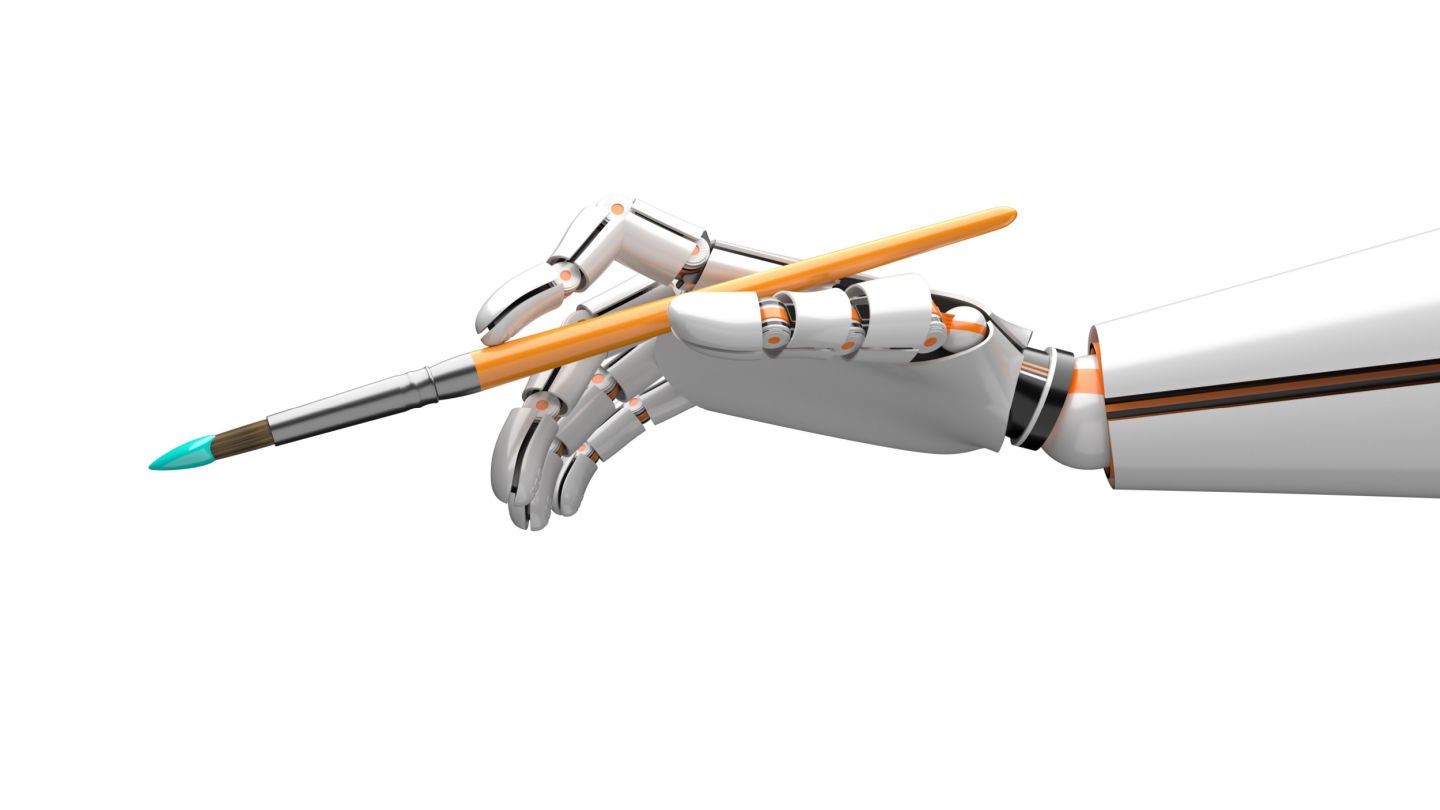Weariness around AI-generated art and imaging tools has steadily grown over the last year.
Stories have emerged of AI art winning local competitions, including at the Colorado State Fair last year, or online fan communities banning AI-generated art for being too “low-effort,” as seen with a Dune subreddit in October of last year.
But it appears that most people did not anticipate just how convincing this technology would become. Critics of AI-generated art may claim that they can always tell the difference, but it is becoming a lot more difficult for the general public.
Fool me once…
In Germany last week, the winner in the creative open category of the Sony World Photography Award refused his prize, revealing that his triumphant entry was created using AI.
Titled ‘Pseudomnesia: The Electrician’ the melancholy faux-photograph shows two women, one young and one old, with all the effects and blemishes one would expect with a real photograph.
Perhaps underplaying his ruse, the artist behind the photograph, Boris Eldagsen, admitted on his website that he had been a “cheeky monkey” but claimed that the stunt had a higher purpose.
How well do you really know your competitors?
Access the most comprehensive Company Profiles on the market, powered by GlobalData. Save hours of research. Gain competitive edge.

Thank you!
Your download email will arrive shortly
Not ready to buy yet? Download a free sample
We are confident about the unique quality of our Company Profiles. However, we want you to make the most beneficial decision for your business, so we offer a free sample that you can download by submitting the below form
By GlobalDataHe wrote that he entered the competition to “find out if the competitions are prepared for AI images to enter.” He continued: “They are not. We, the photo world, need an open discussion. A discussion about what we want to consider photography and what not.”
Upon entering the competition, he admitted using AI when creating his photograph, but the organizers told BBC News that they felt they had been “misled…about the extent of AI that would be involved.”
Anyone can be deceived by AI-generated images
When people talk about being tricked by AI-generated images, there seems to be an agreement that “it could never happen to me.”
People worry that fake images will further radicalize their elderly relatives but assure themselves that tech-savvy young people know better. However, a recent image of the Pope in a dripped-out Balenciaga-style white puffer coat proved that anyone can be fooled.
The image went viral on Twitter and Reddit at the end of March this year, and people were shocked to learn that it was not real, with popular social media accounts sharing the image.
BuzzFeed News reporter Ryan Broderick called it “the first real mass-level AI misinformation case”. I consider myself pretty tech-savvy, but even I found myself sending this image to my family group chat to see what they thought (resulting in a worrying 50/50 split on whether the image was real).
Articles have sprung up in the aftermath, listing how YOU can avoid being fooled. Others were trying to understand why this image was the one that tricked everyone.
Many people wanted to believe it was real, perhaps because they view the current Pope as the sort of 86-year-old who would wear this kind of outfit. Others simply felt invested in this low-stakes viral story, which was a welcome distraction from the horrors of modern living. This image proved just interesting enough to warrant a second look but banal enough that many did not pay it much attention.
As Reddit user supervegeta101 commented on the original Reddit post, “It’s just benign enough to be plausibly real.” My family agreed. After all, why would anyone bother tricking people about the Pope’s coat?
A sign of things to come
The puffy papal coat is harmless in and of itself, but it highlights real concerns about the future of misinformation. Alongside the stylish Pope, a series of AI-generated images of Donald Trump being dragged kicking and screaming through the streets of New York did the rounds following his recent arrest. Though fooling fewer people—Trump has more than two legs in some of the images—the images still misled a fair number of people, riling up supporters of both US political parties across social media.
And it works the other way too. Now that AI-generated pictures and videos exist, it is easy for fringe groups to handwave away messages they disagree with by claiming it is the work of this new technology.
Simply put, if they do not like something the President is saying, they can claim it is a deep fake, a part of a larger, sinister conspiracy. Recently, key figures in the world of AI signed an open letter warning of the danger of this technology.
It is unclear how AI will shape our future, but in terms of AI-generated images and videos, it is clear that people must be prepared to spot this new form of fake news and call it out when they see it.








